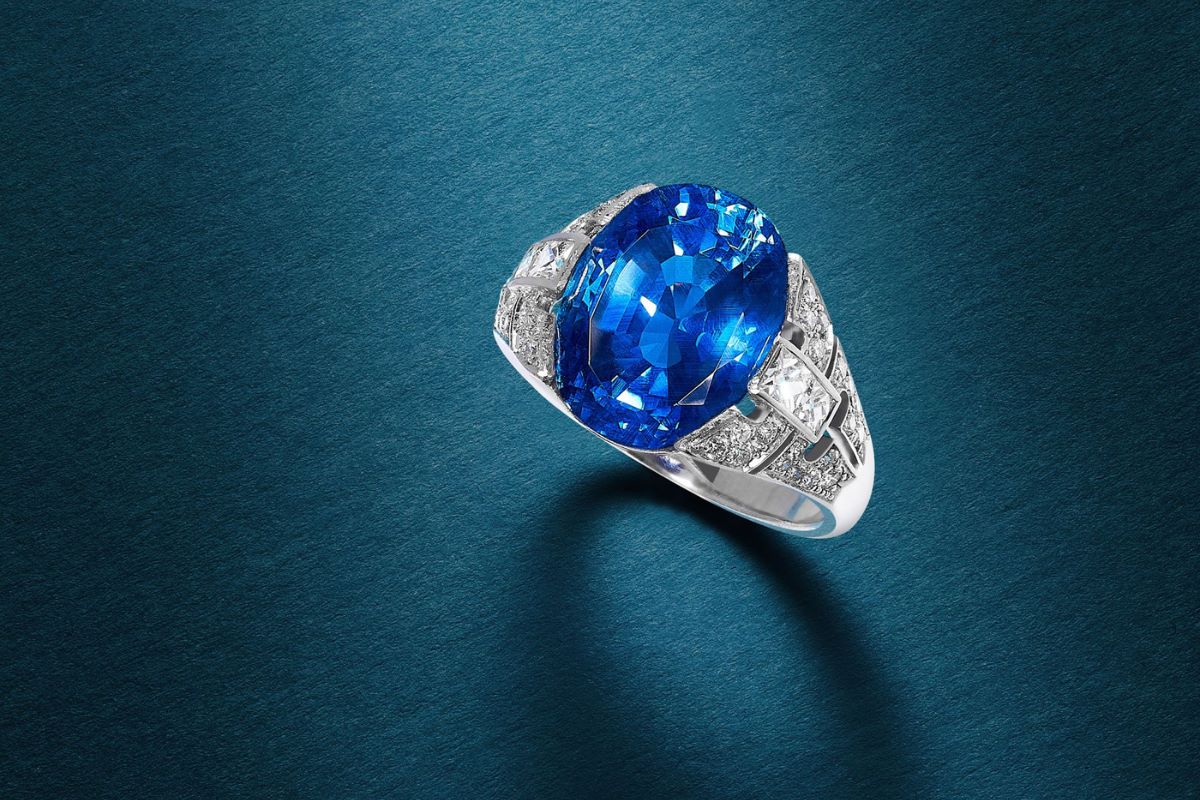Exploring uniqueness: The rare colors of Tanzanite in the world of gemstones

Tanzanite, a variety of zoisite, was identified in 1967 in the hills of Kilimanjaro, Tanzania. Its name, "tanzanite," was given by the Tiffany fashion house in homage to the state where it was discovered. It is renowned for its purplish blue color, prized for its crystalline characteristics and pleochroism, which varies from blue to purple depending on the orientation of light. Today, most gems undergo heat treatment, which eliminates or reduces the yellow-green or brown pleochroic color, maximizing the blue and purple.
However, its rare beauty is manifested in less common color variants, such as pink and yellow-green tanzanite.
Pink tanzanite, obtained through a high concentration of manganese and low concentrations of other coloring elements, offers shades that blend with the original blue, creating a distinctive color effect. This variety, often subjected to heating under pure oxygen pressure, retains the oxidized manganese, manifesting pink or purplish pink colors.
On the other hand, yellow green tanzanite exhibits a lively and unusual metamorphosis, with warmer shades of green and yellow. Although this variant is less desirable and valuable than blue violet, its rarity makes it a unique option for collectors.
Yellow tanzanite, in particular, is extremely rare. Its scarcity in the market makes it a coveted choice, with a growing demand among gemstone enthusiasts.
Moreover, tanzanite is not limited to the varieties mentioned, but can also have shades of orange, although this variant requires a lack of blue components and a good proportion of pink/red and yellow.
In conclusion, tanzanite, with its ability to adapt to a wide range of colors, represents an extraordinary and fascinating gemstone, offering a wide choice to jewelers and gemstone enthusiasts.






